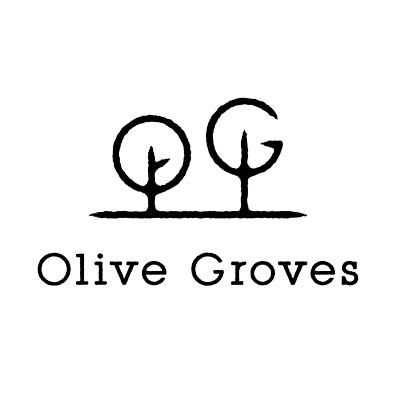Olive oil: can we trust the best by date?
Olive oil at its freshest! (Le 4 Contrade)
Numerous studies have shown that a significant share of the olive oil sold on the shelves of supermarkets does not meet the quality standard on the label, e.g. “extra virgin” (meaning that the oil is fruity and has no taste defects).
For example, one study conducted by the University of California Davis revealed that 73% of the samples of top-selling imported “extra virgin” olive oil in the United States failed the sensory standards of extra virgin. Some concerns have also been raised in Singapore, as reported in the Straits Times a few years ago*.
One of the underlying reasons is that the “best by” date is often set in an overly optimistic manner. The date is set by the bottler, the most common practice being to indicate a best before date of 18 months from the date of bottling.
Bottling date vs harvest
Filtered extra virgin olive oil is generally considered to retain its properties 18-24 months after harvest, which takes place in October-November (in Europe). However, most oils are not bottled immediately after harvest, but are stored in containers and bottled several months after extraction. Under these conditions, a shelf life of 18 months from the date of bottling is often far-fetched!
The actual shelf life actually varies greatly, from a few weeks to more than two years after harvest, depending on the oil's polyphenol content (the latter having an antioxidant effect), the quality of the original olive oil (filtration of pulp residues is essential) and storage conditions.
Best by vs. year of harvest
The most useful indication on the label would therefore be the year of harvest, which is required in some countries where it is not possible to mix oils from different harvests**. If this information is not available, or if in doubt, it is advisable to taste the oil to make sure it’s not rancid. Rancid oil feels like liquid wax in the throat, has no pepperiness or bitterness and smells a bit like sawdust.
We recently tasted some grand cru olive oils that were still excellent two years after harvest. Conversely, unfiltered olive oils can develop defects only a few weeks after extraction.
To sum up, here is our advice: to avoid unpleasant surprises, buy filtered oils from the last harvest, or that was originally of high quality, and store them away from light and oxygen in opaque, airtight containers. Once opened, use the oil preferably within two months to fully enjoy its fruitiness.
* ”Is that really extra-virgin olive oil in the bottle?”, Jessica Lim, The Straits Times, 30 November 2015
** The year of harvest is of course mentioned on all our oils!

